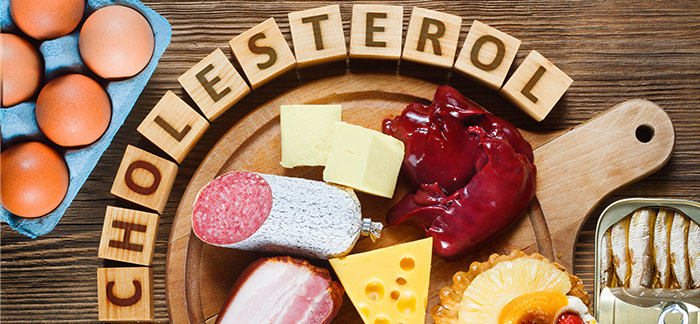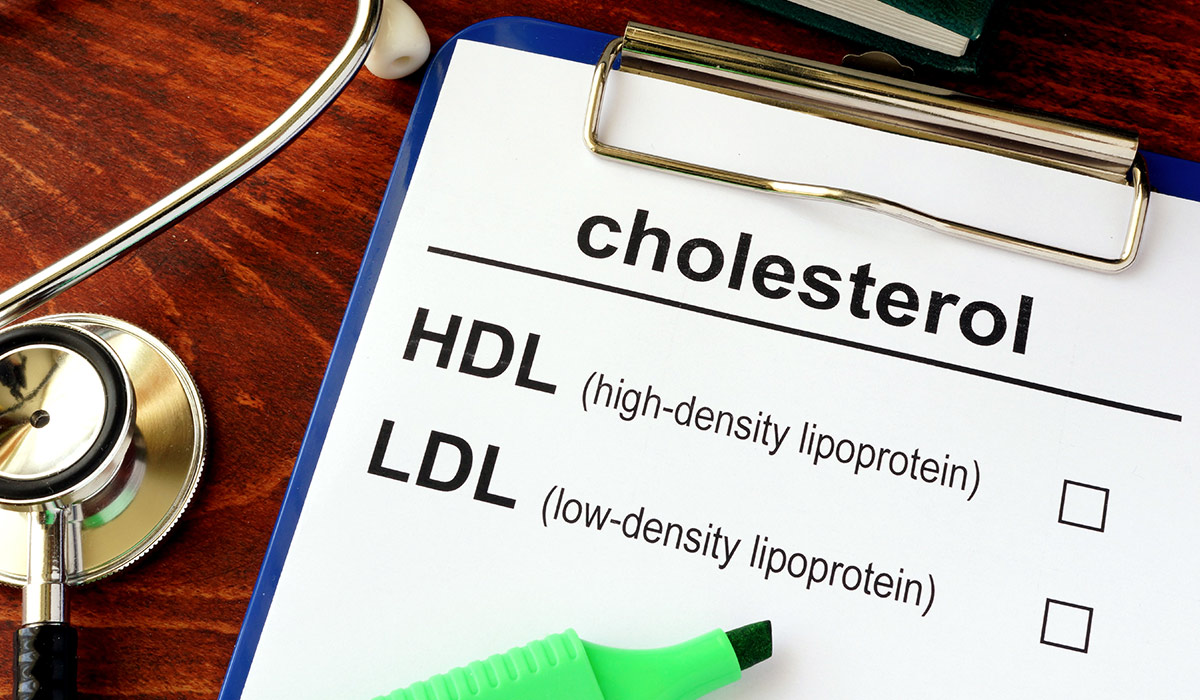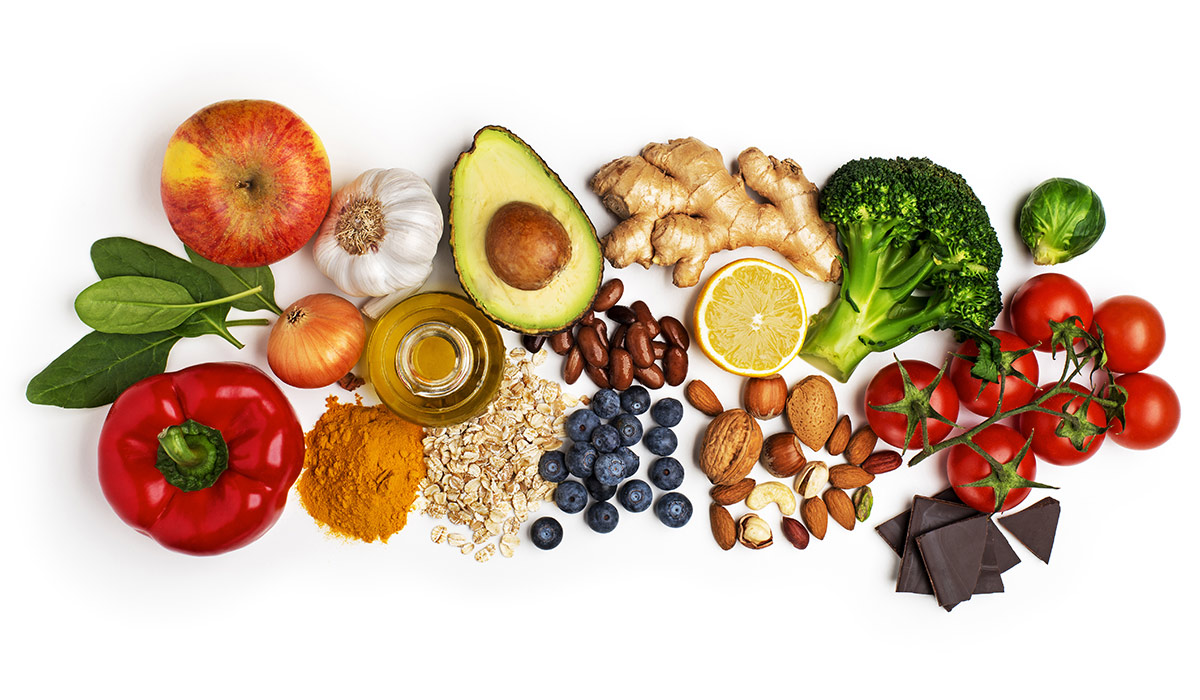
“I have high cholesterol” is a common refrain but what exactly is cholesterol, and why should we worry if it’s “high”?
First of all, you need to know what it is not: cholesterol is not in itself a disease or illness. It’s also a myth that all cholesterol is bad for you. However, too much of the wrong kind of cholesterol can lead to coronary heart disease, which is one of the biggest killers.
The Heart and Stroke Foundation describes cholesterol as a soft, fatty substance in the blood and every cell in your body needs a certain amount of it. That’s because it plays an important role in cell membranes, helping to manufacture many hormones and bile for digestion.
However, too much cholesterol can lead to plaque building up on the sides of the blood vessels. This plaque hardens and narrows the arteries, which in turn means the heart can’t pump blood through properly. That’s when chest pain – angina – or a heart attack can strike.
Lifestyle or genetic?
Cholesterol can either be lifestyle related, or it can be genetic and it’s important to know which one you have as the treatments may differ.
High blood cholesterol can run in families, and as you age, levels do tend to rise.
The scary part is that you won’t necessarily feel ill as your arteries are being filled with plaque – hence it is often called a “silent killer”.
In general, though, everyone over 20 should get their cholesterol levels measured at least once every five years. Fortunately, your doctor can quickly and easily measure your cholesterol levels with a blood test.
How high is high?

Although the numbers do vary for men and women and different ages, it’s important to keep your cholesterol level under 5mmol/L. If your doctor is concerned about your overall level, they will refer you for a fuller blood test which will further break it down into:
- Low-density lipoprotein (LDL), also known as “bad” cholesterol or
- High-density lipoprotein (HDL), also known as "good" cholesterol.
It may help to use the analogy of a truck: Think of HDL cholesterol as a delivery truck carrying the unwanted plaque away from the heart to the liver, or refuse site, where it can be safely disposed of.
Now look at LDL cholesterol as a renegade dump truck that simply dumps its rubbish at the side of the road, or artery.
Treatment
Here again, your healthcare professional will guide you, as the treatments may differ in part depending on whether your high cholesterol is genetic, or due to your lifestyle.
Traditional medical treatments include drugs such as statins and fibrates, although these are not suitable for all patients, and some do have side-effects. In severe (often genetic) cases, there are more extreme treatments such as lipoprotein apheresis.

Whether or not you need medication, it’s a good idea to kickstart a healthy new way of living which includes the following:
- Change what you eat: cut back on saturated and trans fats, limit red meat, sugar and full-fat dairy products. Saturated fats are solid or waxy at room temperature, and mostly come from animals in the form of meat, milk, cheese and butter. Trans fats result are when liquid fats are hydrogenated and become solid. These are often in fast and fried foods and also to extend the shelf-life of baked goods like biscuits and cakes.
- Eat more fruit, vegetables, grains and lighter protein such as chicken or fish.
- Get more exercise: aim for half an hour of physical activity at least five days a week.
- Stop smoking.
- Maintain a healthy weight: losing even 10% of your body weight makes a difference to your cholesterol levels.
- Keep your blood pressure and blood sugar at safe levels: high cholesterol along with hypertension or diabetes can be a deadly combo.
Whether your cholesterol numbers are high or low, how you choose to live can make an immense difference to your heart. A healthy lifestyle can help your body to keep the LDL “dump truck” from doing its dirty work, and boost the HDL “delivery truck” to off-load at all the right places!
Date Published: 19 July 2021